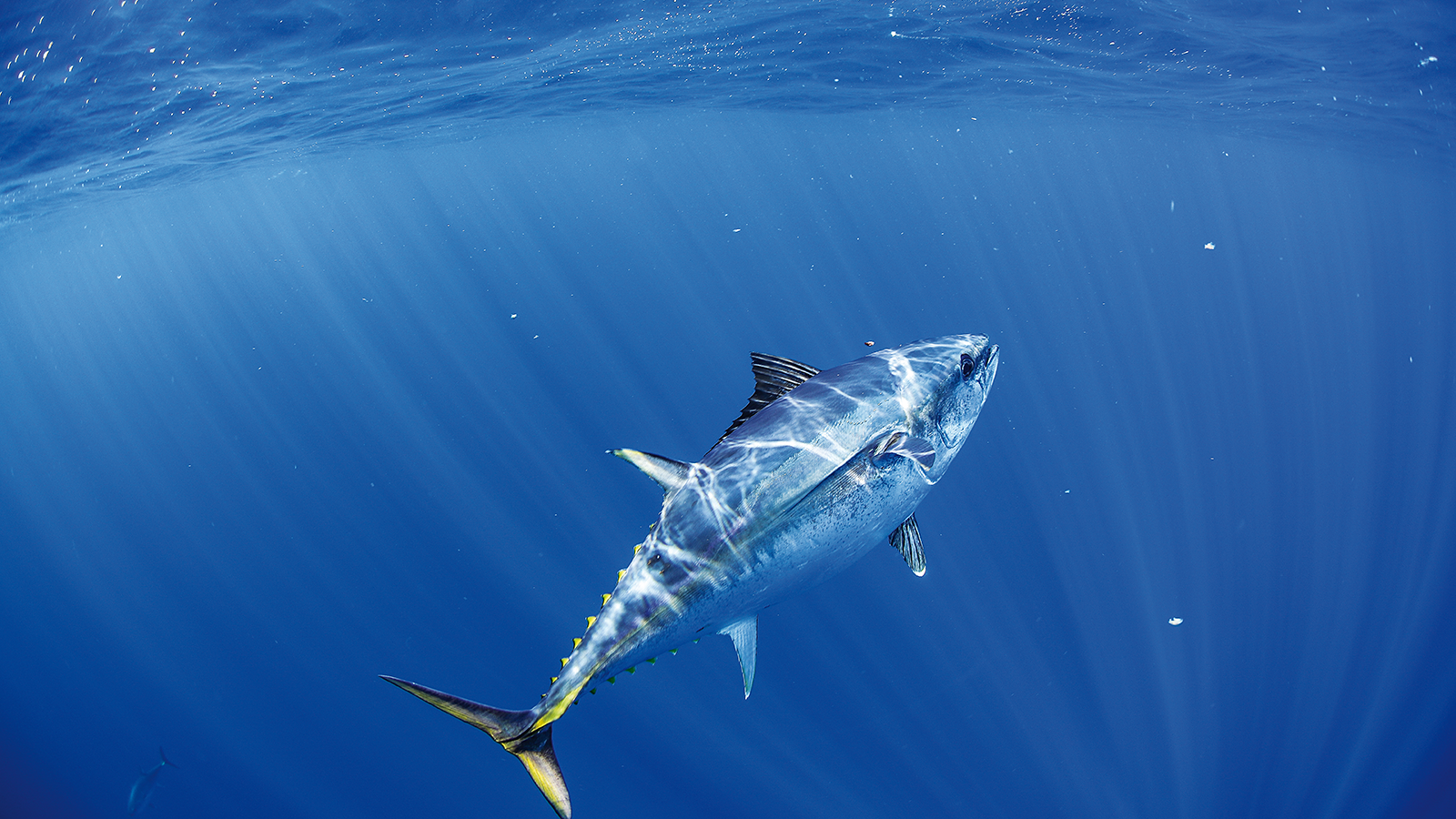Australian fisheries data is currently stored in a segregated manner and connectivity is minimal between sources, leaving data to be relatively inaccessible. The majority of Australia's wild catch fishers continue to complete their catch and effort reporting via paper log books that then require data entry capacity to ensure these can be utilised by the appropriate users - stock assessments, SAFS, etc... The move to electronic, real time data reporting would enable a higher level of data to be collected but would also allow fine scale management of fishing operation and ultimately greater sustainability of fish stocks.
As a result of this, corresponding jurisdictional management agency investment in improving infrastructure is also often segregated. Harmonising fisheries digital data could derive not only efficiencies in the data use (data can be collected once and used many times) but also in infrastructure investment. Harmonised investment in infrastructure as well as innovative change in regards to how a range of services and information are utilised in fishing and aquaculture could deliver greater profit and improve timeliness of decision making. It is however important that and framework proposed has the confidence and support of both government and industry. This project seeks to ensure that industry is involved in progressing the data framework, and that suit a framework suits their needs.





